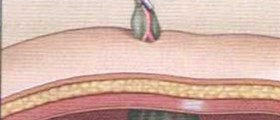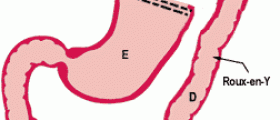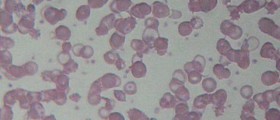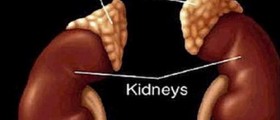
Why is spleen removal surgery necessary for some people?
The spleen is an organ located near the stomach, at theupper left side of abdominal cavity. Its main purposes are to filter the bloodand to fight infection causing viruses and bacteria. It is an important part ofthe body immune system. If, for some reason, the spleen becomes diseased ordamaged, it will do more good to remove it than to keep it. Risk of keeping thediseased or damaged spleen in place is lesser than taking it out and sufferingfrom infections more often than normal, which will happen when the spleen isremoved. The spleen is removed by surgical procedure known as splenectomy, orspleen removal surgery.
How is the surgery done?
Spleen removal surgery is carried out while the patient isunder general anesthesia. Spleen removal surgery can be done as an open surgeryand as laparoscopic surgery. In the open procedure, a cut is made on the leftside of the belly, below the ribs where the spleen is located and removed. Ifthe patient is being treated for cancer, then the lymph nodes in the stomachwill be examined and removed if necessary. Once the bleeding from the cut bloodvessels is stopped, the incision is closed. In laparoscopic spleen removal,there are three to four very small incisions, just enough to insert theinstruments. The operating field is viewed through the device known as a laparoscope,a flexible rod with a tiny camera and a light on the end. The patient's abdomenis filled with gas to make the work easier and the visibility better, as organsare tightly packed in the abdomen. This procedure has a faster recovery timethan open field surgery, but not all patients are candidates. The surgeon willdecide what type of procedure is best.
Risks
Risks for both types of procedures include injury to nearbyorgans, increased risk for infection after the surgery, collapsed lung or bloodclots in the portal vein, which carries blood to the liver.
Recovery
The hospital stay is usually under a week, and most patientsare discharged after one or two days. After four to six weeks most patients areback to their normal regime.

















Your thoughts on this
Loading...